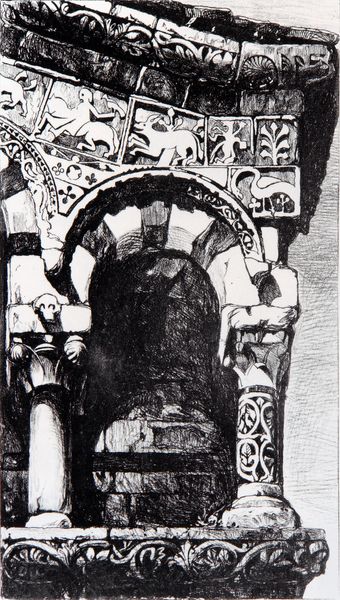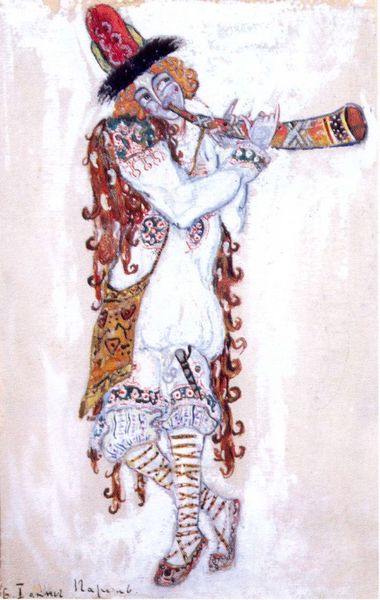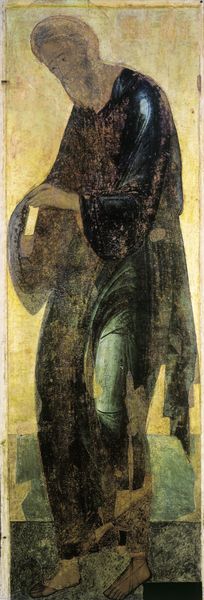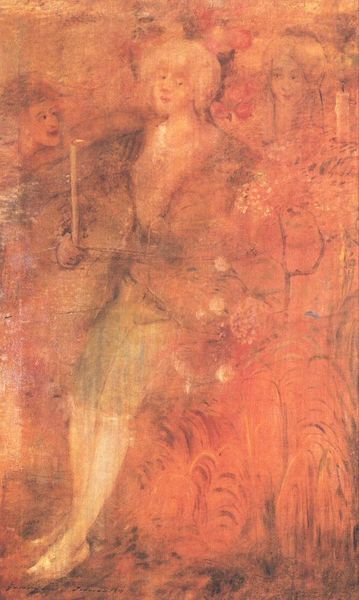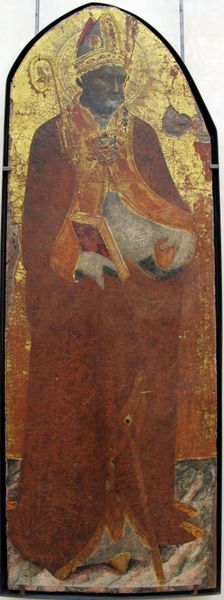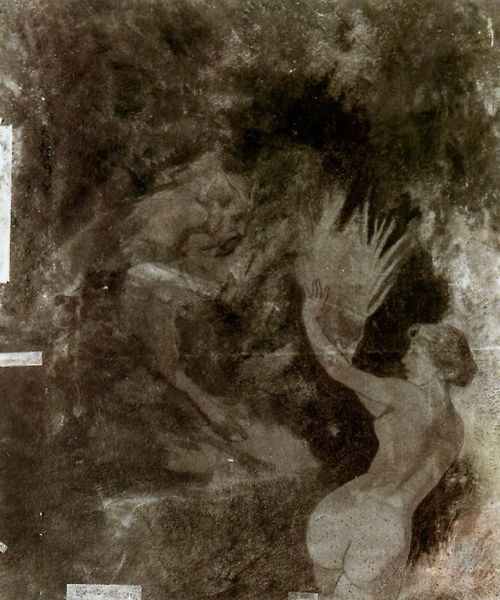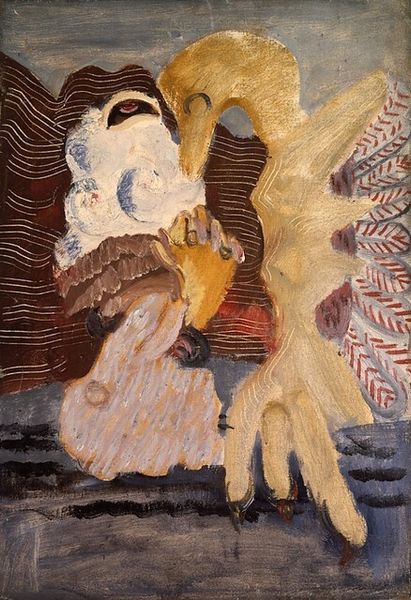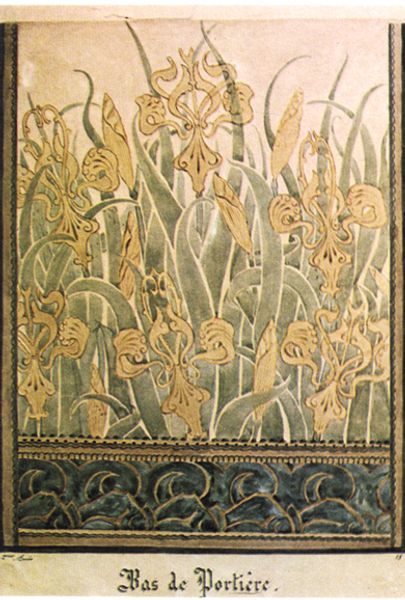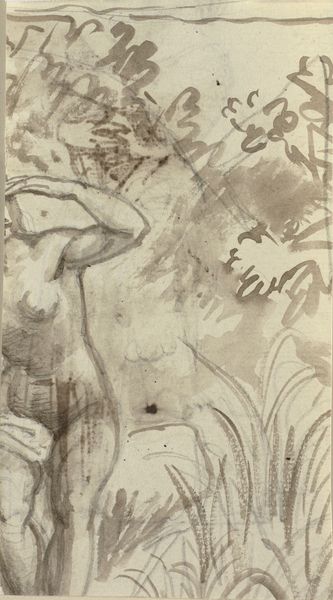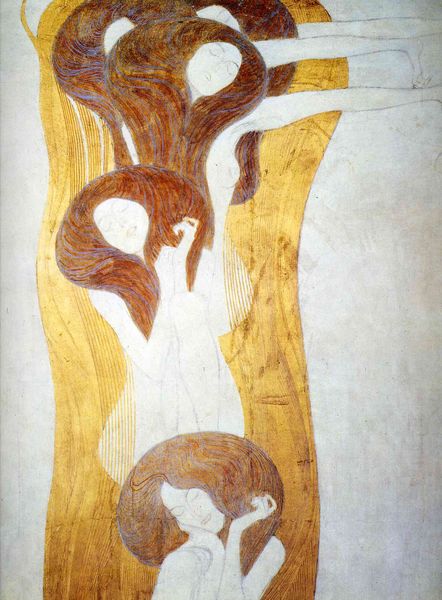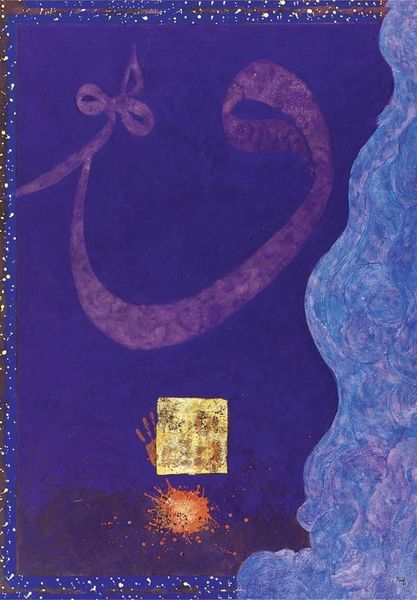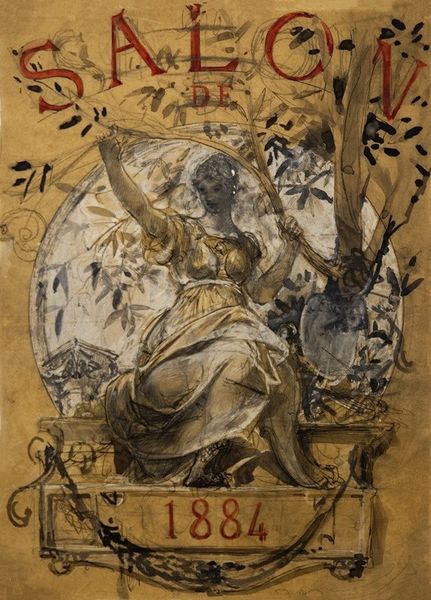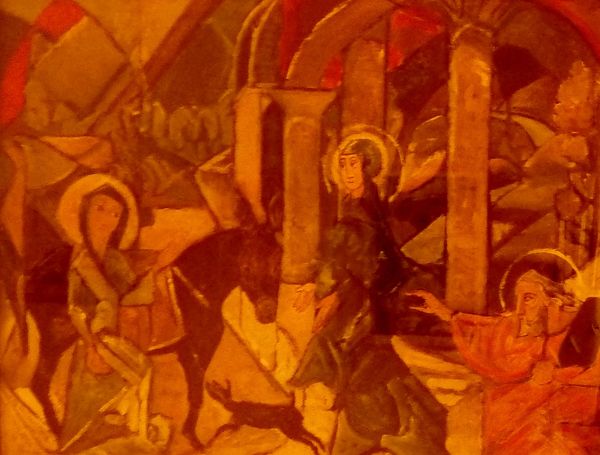
lithograph, print, poster
#
art-nouveau
#
lithograph
# print
#
figuration
#
cityscape
#
decorative-art
#
poster
Copyright: Public domain
Editor: Here we have the "Antarctica Company Poster," a lithograph by Eliseu Visconti created around 1920. I’m struck by the repeating figures and the almost dreamlike quality of the scene, especially in a poster design. What stands out to you in this piece? Curator: What grabs my attention are the materials used and how they reflect the socio-economic conditions of the time. This is a commercial poster, meant to sell a product. Lithography, as a printmaking technique, allowed for mass production, bringing art—and advertising—to a wider audience. How do you see the relationship between the "high art" elements and the commercial purpose here? Editor: I guess I see it as an effort to elevate advertising by associating it with fine art… making the product more appealing. Are there other aspects of the materiality we should consider? Curator: Absolutely. The paper itself, the inks, the very act of distributing these posters – these are all material considerations tied to consumption. Look closely, and you see how Art Nouveau's emphasis on craftsmanship is here employed for capitalist goals. How does this blending of art and commerce affect your perception of the work’s value? Editor: It complicates things! On one hand, the artist is using their skill to create something visually appealing, but on the other, it’s all in service of selling a product, which makes it feel less pure, I guess? It is a question I think a lot about... How does it feel to you? Curator: Indeed, it challenges our preconceived notions of artistic value. We must question whether the "decorative art" elements enhance our visual experience or merely function to seduce consumers. Perhaps both are intertwined? This invites a critical examination of labor, aesthetics, and capitalist intentions embedded in the printed form. Editor: I see that. It really makes me think about how art is always connected to broader social and economic forces, even when it doesn't seem like it on the surface. Curator: Precisely! By interrogating the poster's materials and means of production, we unveil the intricate relationship between artistic expression, material consumption, and economic agendas during that historical moment. This approach really shifts our focus.
Comments
No comments
Be the first to comment and join the conversation on the ultimate creative platform.
